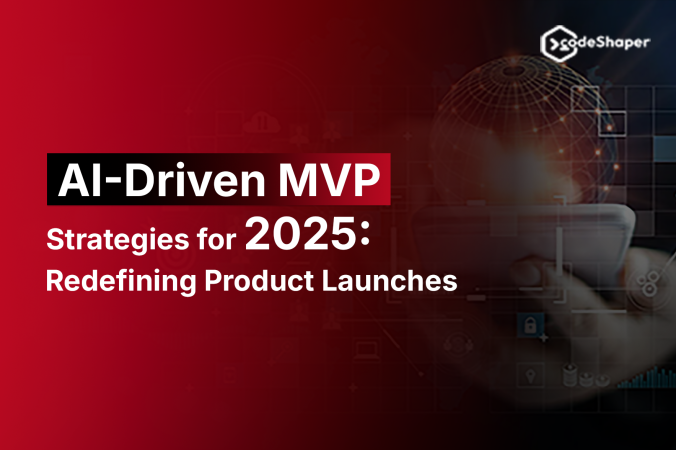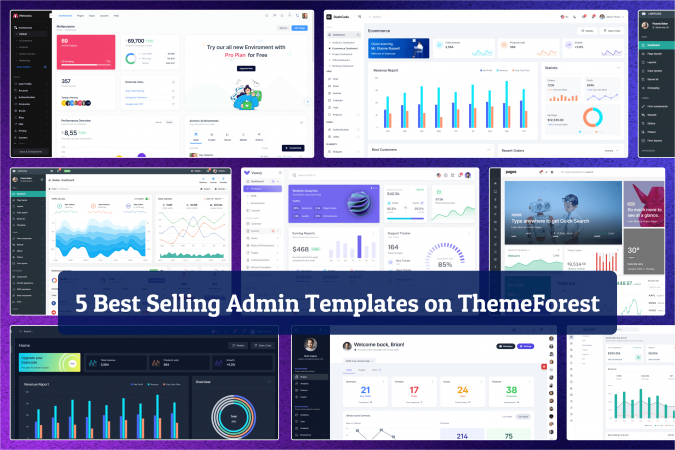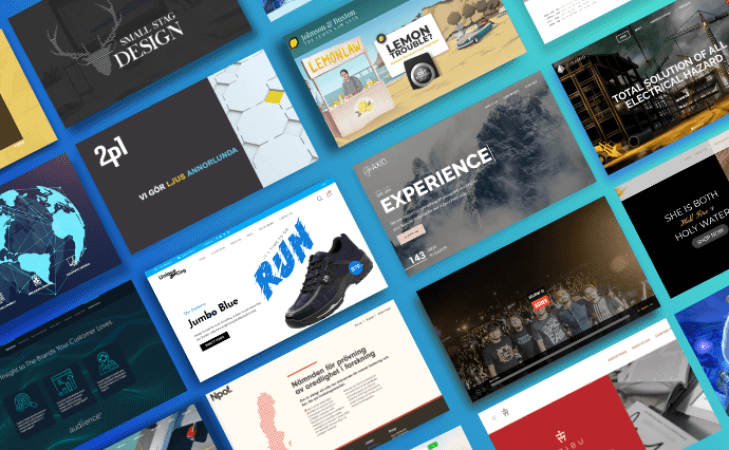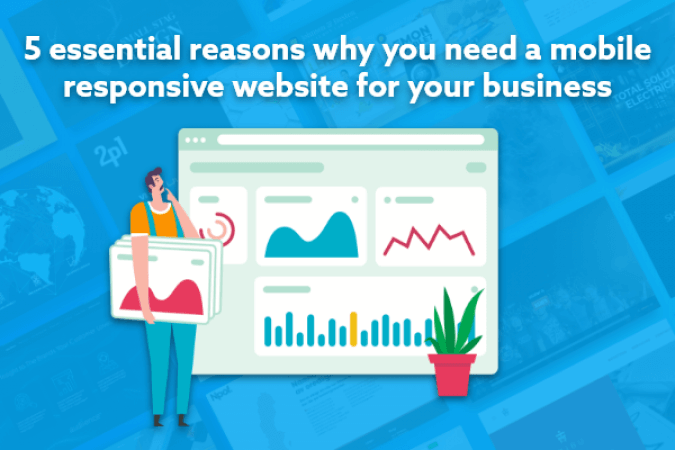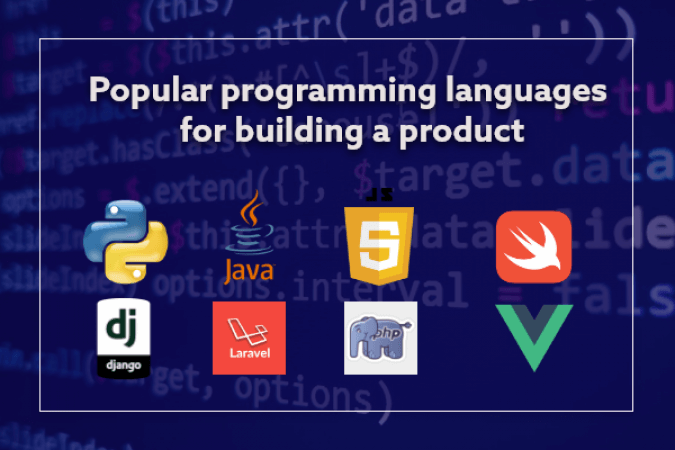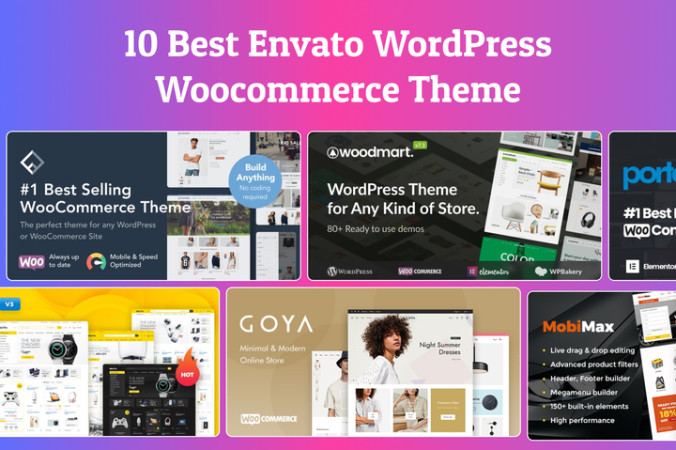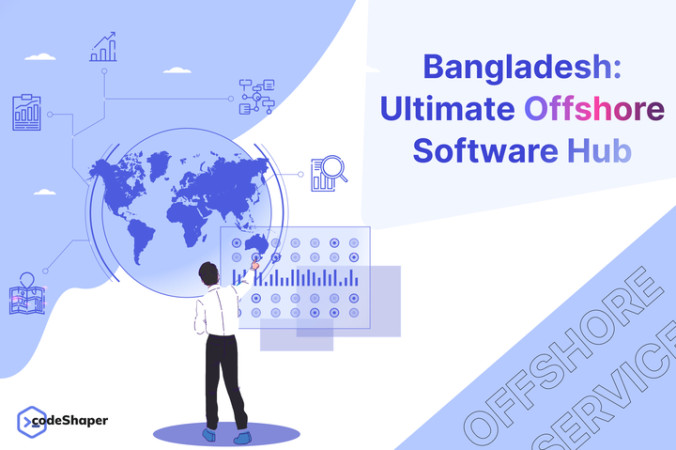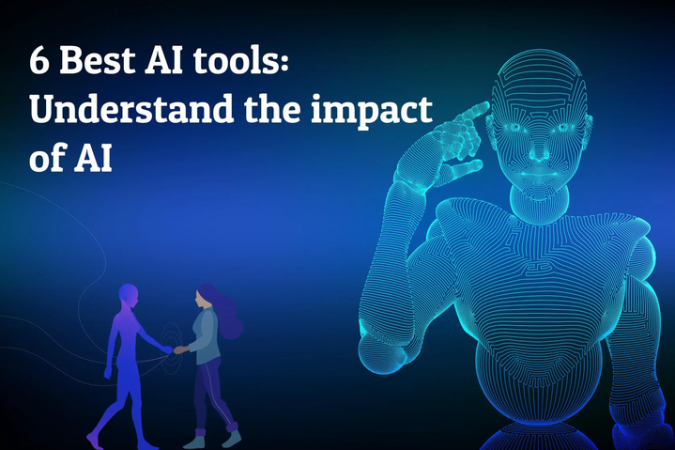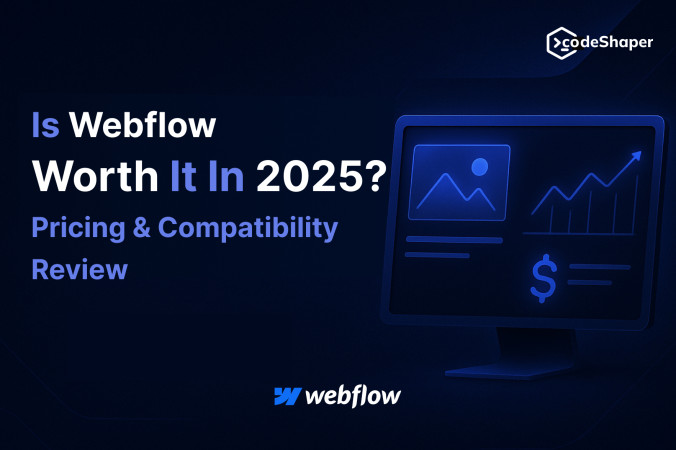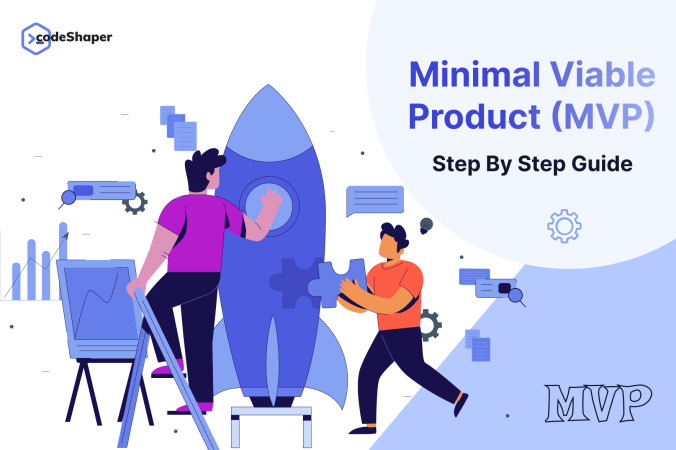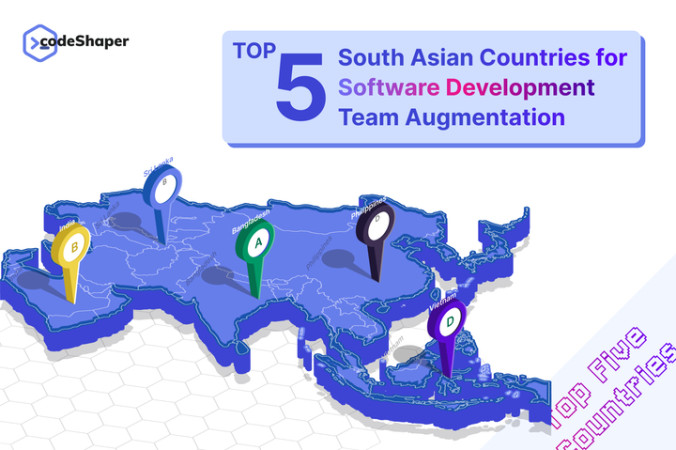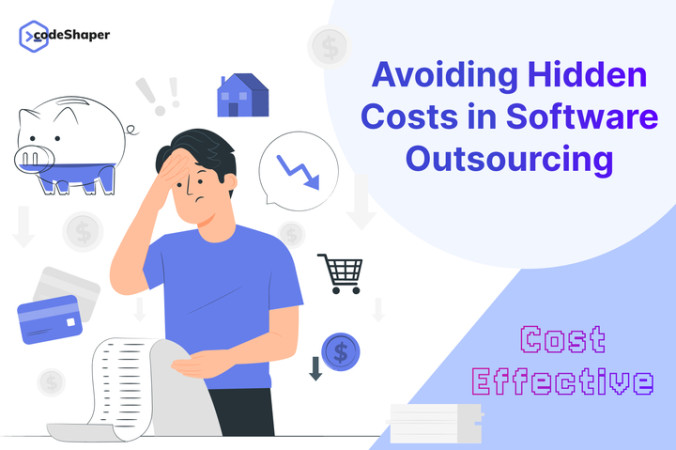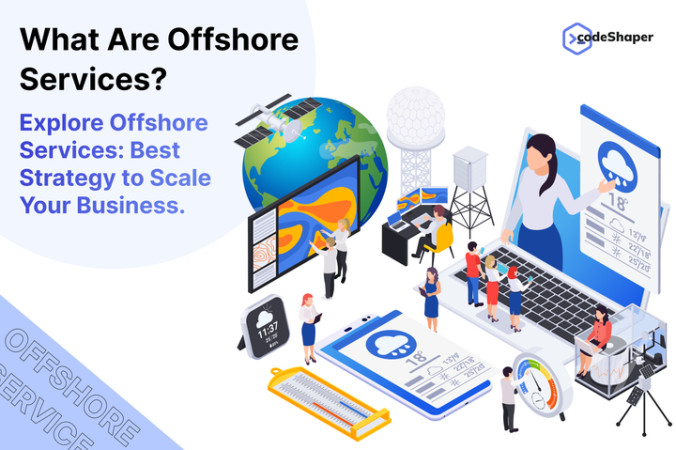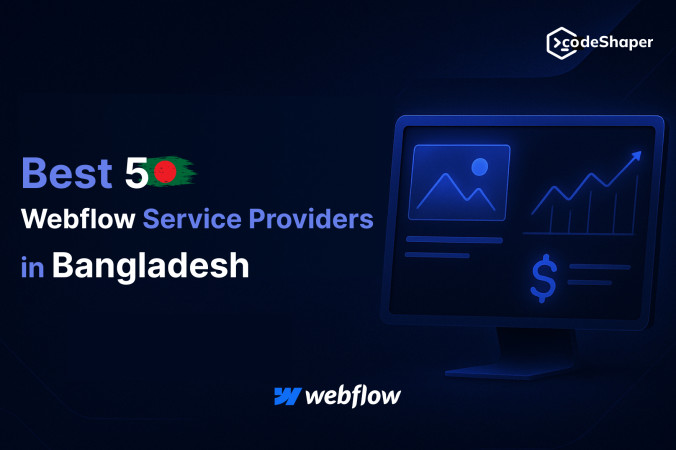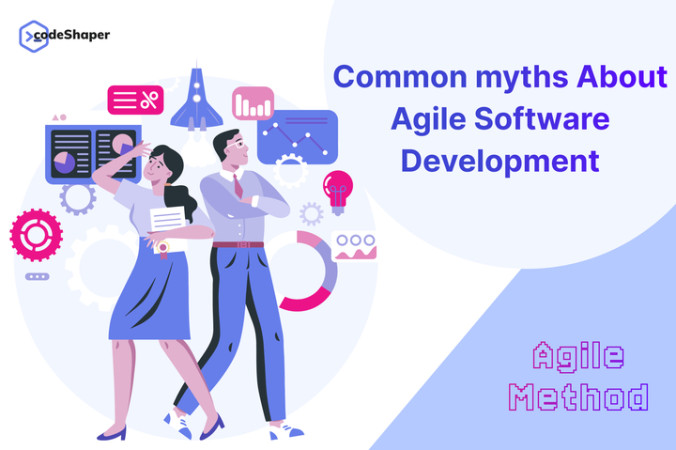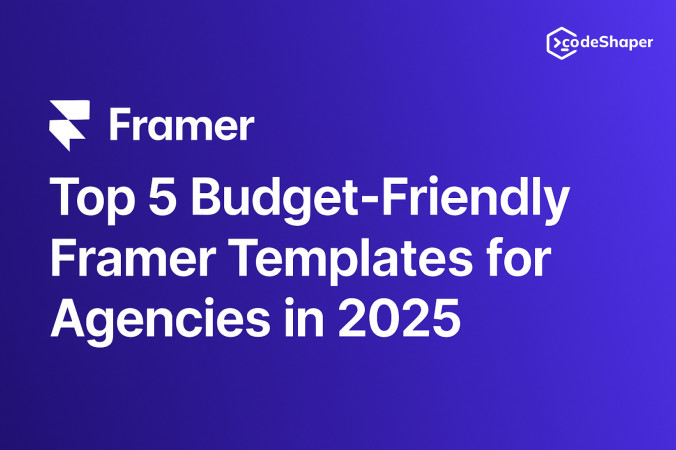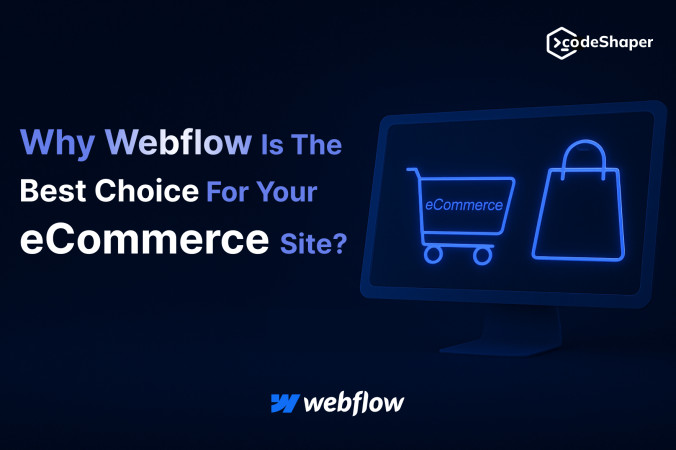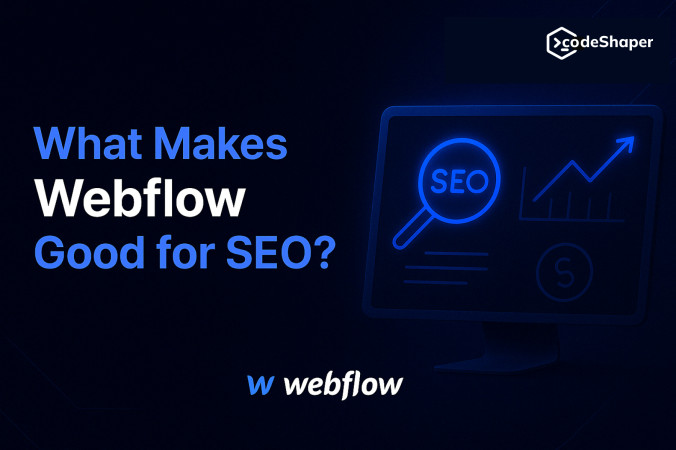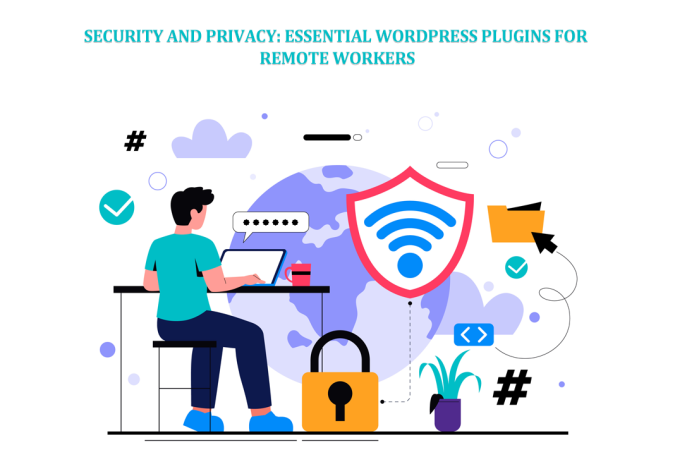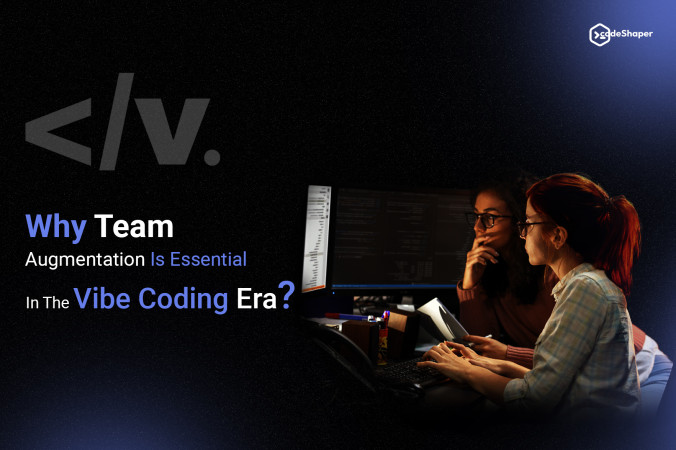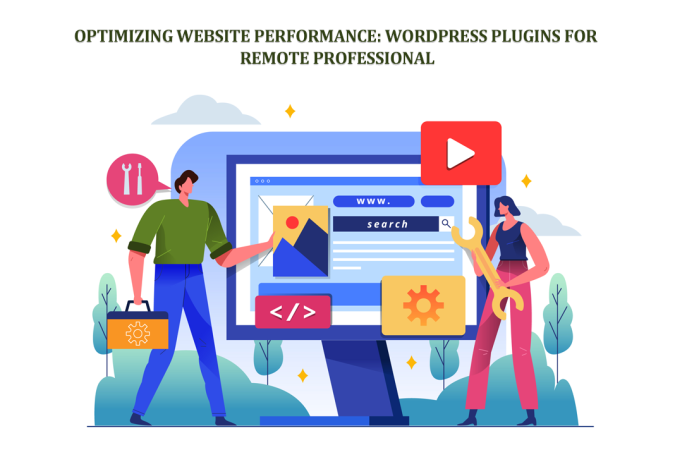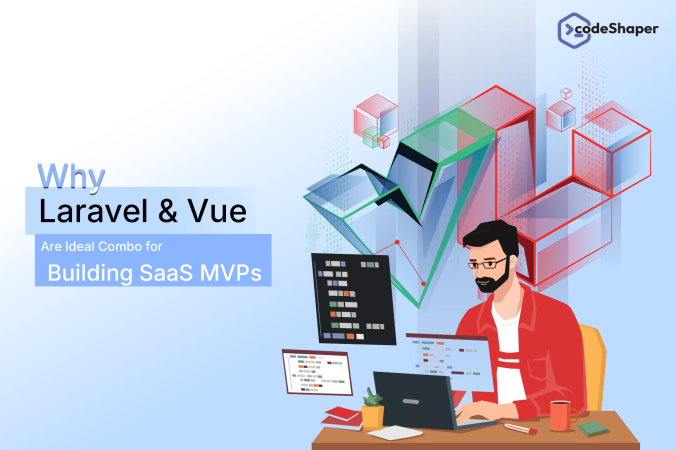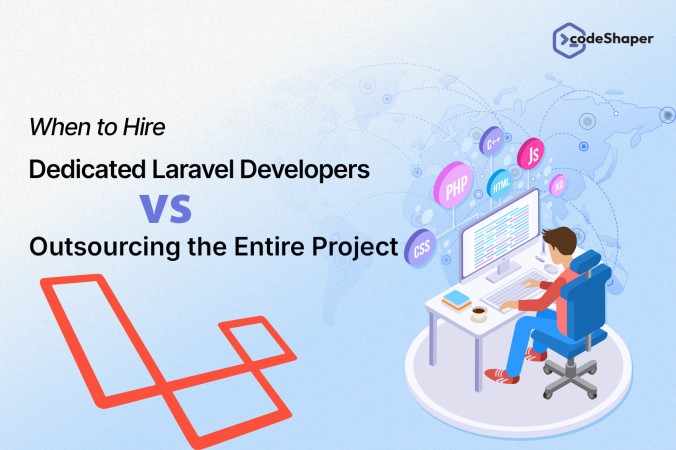A Minimum Viable Product (MVP) is the simplest version of your product that still solves a problem for your users. It has just the core features, nothing extra, so you can test your idea without spending too much time or money.
Let’s say you’re building a self-care app to help people develop healthy habits. Before adding all the fancy features, ask yourself, will people even use it? Instead of guessing, you create a basic version, like a few workout routines or guided videos with a fitness coach.
You launch it, see how users respond, and collect feedback. Do they like it? What do they wish it had? This helps you understand what works and what doesn’t.
If people are interested, great; you can enhance the app, add more features, and expand it. If not, you’ve saved yourself from investing heavily in something that may not work.
That’s why MVPs are so valuable. They let you test your idea early, reduce risk, and build something users want step by step.
Why does it matter in 2025?
In 2025, things move fast, and being flexible is key. AI-driven markets are evolving rapidly, so the faster you can launch and enhance your product, the better. An MVP helps you test ideas, get real feedback, and make sure your product fits what people want.
Investors aren’t wowed by just slides and designs anymore; they want real proof. Numbers like user activity and feedback matter more than a fancy pitch.
With so much competition and fast-changing trends, launching a full product without testing is risky. A simple, AI-driven MVP helps you start small, learn quickly, and grow based on what works, not just guesses.
How to Identify Core Features for MVP Software Development
Here’s a simple step-by-step plan to help you figure out the key features for your MVP:
Understand the main problem
Talk to real users through interviews, surveys, or focus groups. Learn what challenges they face and how urgently they need solutions. Your AI-powered MVP should deliver immediate, practical value.
Find your unique value
What makes your product different? Does it solve the problem faster, easier, or in a new way? Focus on that one special thing and build your main features around it. This will also help you stand out from the competition.
Map the user journey
Picture how someone would use your app or website step by step. This helps spot the most important moments and which features are necessary for a smooth experience. Think about your favorite apps and how they work.
Prioritize features
Use a simple method like must have, should have, could have, and won’t have. Put all your ideas into these groups so you know what to build first and what can wait.
Plan the basics
Things like signing up, logging in, and saving data are essential and should be included right away.
Keep it simple
Usually, one main feature plus a few supporting ones are enough for your MVP. The goal isn’t to build everything at once, but to test if your idea works in real life.
What Tools and Technologies Are Best for Building an MVP Today?
1. No-Code & Low-Code Platforms
Build and launch fully functional apps in record time, no coding required. Use intuitive drag-and-drop tools to bring your ideas to life faster than ever.
Tools: Webflow, Adalo, Glide, FlutterFlow
Benefits:
Rapid Development: You can quickly build and launch your product, allowing for faster testing and feedback.
Cost-Effective: It reduces development time and team size, saving money and resources.
Easy to Update and Scale: The platform makes it simple to add features or grow as user demand increases.
2. Design & Prototyping Tools
Validate your vision early. Visualize and prototype your product before committing to full development, saving time, effort, and cost.
Primary Tool: Figma is ideal for UI/UX design and interactive prototypes
Alternatives: InVision, Adobe XD, great for testing user flows
Benefits:
Early User Feedback: Launching quickly allows teams to gather real user insights early, helping refine the product based on actual needs.
Collaboration-Friendly: Design and development tools enable seamless teamwork between designers, developers, and stakeholders, improving workflow and communication.
Clear Developer Handoff: Organized components, clean structures, and documentation make it easy for developers to pick up where designers left off, reducing friction in the build process.
3. Front-End Development
Design clean, modern interfaces that automatically adapt to all screen sizes, delivering a smooth user experience everywhere.
Frameworks: React, Vue.js, Next.js
Benefits:
Fast, Interactive UI: Delivers a smooth and responsive user experience that keeps users engaged and satisfied.
Scalable and Flexible: Easily adapts to growing user demands and changing business needs without major redesigns.
Developer-Friendly Ecosystem: Provides tools and frameworks that simplify development, debugging, and integration for faster project delivery.
4. Back-End Development
Support your app’s core functions with strong back-end logic that keeps everything running fast and error-free.
Simple Option: Firebase All-in-one
Customizable Options:
Node.js: JavaScript full-stack
Django: Python, secure, and scalable
Flask: Lightweight Python option
Go: High-performance backend
Benefits:
Fast Setup or Full Control: Offers the flexibility to get started quickly with ready-made solutions or customize deeply for complete control over your product.
Scales with Your Product: Easily grows with your business, supporting more users and features without getting slower.
Suits Various Team Skills: Accommodates teams with diverse expertise levels, from beginners to advanced developers, making collaboration easier.
5. CI/CD & Deployment Tools
Save time and reduce mistakes by automating how your app is tested and launched.
Tools: GitHub Actions, GitLab CI
Benefits:
Faster Releases: Enables quicker product launches to get features into users’ hands sooner.
Continuous Testing: Regularly checks the product to catch issues early and maintain quality.
Fewer Bugs, Smoother Delivery: Results in more reliable releases with less downtime and a better user experience.
6. Cloud Infrastructure & Scaling:
Build your MVP with the flexibility to scale smoothly as customer demand increases.
Options: AWS, Google Cloud, Kubernetes
Benefits:
Secure and Reliable Hosting: Ensures your data and applications are protected with strong security measures and consistent uptime.
Ready to Scale Globally: Supports expanding your product worldwide with infrastructure that handles global traffic efficiently.
A Variety of Services Based on Project Size: Offers flexible service options tailored to fit small projects or large enterprise needs.
How to build a successful MVP
1. Find out what people need
Almost 29% of startups fail because they run out of money before finding the right market fit. This shows how important it is to do good market research to make sure your idea solves real problems.
Gain Insight into User Needs
- Direct Conversations: Engage directly with users through interviews and surveys to uncover their real challenges.
- Digital Tools: Utilize platforms like Google Trends, SEMrush, and social listening tools to track interests.
- Community Monitoring: Follow online discussions and product reviews to identify recurring pain points.
Analyze Competitors to Find Your Edge
- Catalog competitors’ features and highlight their weaknesses.
- Look at customer feedback to find problems that haven’t been solved yet.
- Review pricing, UX, and market positioning to spot opportunities.
- Use SWOT analysis to identify where your MVP can uniquely excel, focusing on differentiation rather than imitation.
2. Clarify Your MVP Vision
With market insights in hand, craft a focused vision that steers your MVP’s direction and resource use.
Zero in on the Critical Problem
- Prioritize problems with significant urgency and clear gaps in existing solutions.
- Evaluate user frustration levels and competition shortcomings.
Build a Compelling Value Proposition
- Clearly articulate how your MVP addresses the problem more effectively or uniquely than existing solutions.
- Validate by creating prototypes or landing pages to test interest.
- Measure reactions through sign-ups, engagement metrics, and A/B tests, then refine accordingly.
3. Choose the Ideal Development Partner
Selecting the right technical collaborator can make or break your MVP journey.
Assess Expertise
- Seek partners versed in scalable, modern technologies.
- Prefer those with industry-specific experience relevant to your product.
- Look for teams comfortable with agile, iterative development.
Pick the Engagement Model That Fits
- Full Outsourcing: For startups without internal tech capacity (typically 3–4 months).
- Dedicated Team: Best for long-term projects (2–6 months).
- Team Augmentation: To bolster your existing developers temporarily (1–3 months).
4. Strategically Plan and Prioritize Features
Focus your initial release on solving the core user problem by categorizing features effectively.
- Must-Haves: Essential for the product’s basic function and viability.
- Should-Haves: Enhance experience, but not critical at launch.
- Nice-to-Haves: Additional perks to consider for later versions.
Utilize User Personas
Develop detailed profiles considering demographics, pain points, goals, and usage habits to prioritize features that truly matter.
5. Build and Launch Using Agile Practices
Break development into manageable sprints to remain adaptable and responsive.
- Planning: Define sprint goals and assign tasks.
- Daily Standups: Keep the team aligned and quickly address blockers.
- Sprint Reviews: Demonstrate progress to stakeholders for feedback.
- Retrospectives: Continuously refine workflows for improved efficiency.
Maintain Rigorous Quality Assurance
- Perform unit, integration, and user acceptance testing.
- Conduct performance tests to ensure stability under expected loads.
6. Gather Feedback and Iterate
Collect insights from multiple channels to continuously improve.
Feedback Channels
- In-app micro-surveys.
- Detailed user interviews.
- Usage analytics highlighting retention and feature engagement.
- Customer support tickets identify recurring issues.
Prioritize Improvements By
- Number of users impacted.
- Potential business value and ROI.
- Required resources and technical complexity.
7. Prepare for Growth and Scale
As your MVP gains traction, plan for smooth scaling.
- Use cloud infrastructure that supports auto-scaling.
- Optimize user experience with faster load times and responsive design.
- Expand features based on validated user demand.
Incorporate Emerging Technologies
- AI and machine learning for personalization and efficiency.
- Predictive analytics to anticipate user needs.
- Cloud services for flexible, scalable backends.
How Long Does It Take to Build an MVP in 2025?
It depends on what kind of MVP you want to create. If it’s something simple, like a landing page or a product with just one main feature, you can usually finish it within three weeks. Using no-code tools or AI can make the process even faster, sometimes speeding things up by 40 to 60%.
For a medium-level MVP, which includes a few key features, user login, and basic integrations, expect it to take about 4 to 8 weeks.
If your MVP is more complex, think AI-powered tools, fintech apps, or projects that need to meet special regulations; it can take anywhere from 3 to 6 months, or sometimes even longer. The more features and details you add, the more time you’ll need to build and test everything correctly.
So, the timeline depends on how simple or complex your MVP is!
How to Test a Business Hypothesis with an MVP in 2025
Start by planning and setting a clear goal. Decide exactly what you want to test, maybe how long it takes users to make a purchase or how often they visit certain product pages. Having a specific, measurable goal will help you see if your idea really works.
Next, build a simple version of your product with just the key features needed to test that goal. Once it’s live, collect real user data, use analytics and surveys, and talk to your users directly. Their behavior and feedback will show if your idea holds up or not.
Then, review the results carefully. If the feedback is positive, keep improving your product by adding features and refining the design. If it doesn’t work out, be ready to adjust your plan or try a different approach. It’s smart to have a backup plan so you don’t waste time if your first idea doesn’t pan out.
This approach lets you quickly test your idea, get honest feedback, and make smart choices about growing or changing direction before investing in building the full product.
How to Collect Feedback from Early Users Using an MVP
Start by reaching out to your users personally. A quick, friendly message or email asking what they liked, what didn’t work, and what they think is missing goes a long way. Let them know their feedback matters and will help shape the future of your app or website. When people see that their opinions make a difference, they’re more willing to share.
Surveys are also a great option. Use something simple like Google Forms with a mix of quick rating questions and open-ended ones so users can easily share their thoughts.
Don’t forget to watch how users behave with analytics tools like Google Analytics. These show where people get stuck or leave your app, giving you clues about what needs fixing.
Lastly, make it super easy to give feedback. Add a button or a short form right inside your MVP so users can quickly leave comments or report problems without any hassle.
How to Attract Investment with Your MVP in 2025
In 2025, investors are looking for more than just a good idea; they want proof that your product has real potential. That’s where a strong MVP comes in. To grab their attention, you need a clear plan and a compelling story.
Start with your PR story. Share why your idea matters, what problem it solves, and why your team is the right one to build it. Highlight your team’s skills and experience that give you an edge. Show early traction like user feedback, traffic, signups, or interest in your product. Make it clear that you’re listening to users and improving based on real data. Be ready to share key metrics like user retention, engagement, and repeat behavior.
Next, show the bigger picture. What’s your long-term vision? How will your MVP grow into a full business? Walk investors through your plans, the features you’ll add, potential integrations, markets you want to enter, and how you plan to scale.
If your MVP includes innovative tech like AI, blockchain, or anything cutting-edge, make sure to point that out. It shows you’re thinking ahead and adds extra value in the eyes of modern investors.
When all of these pieces come together, proof of demand, a strong team, a smart roadmap, and a clear ask, you’ll be in a great position to attract serious investors.
Common Mistakes Startups Make When Launching an MVP
One of the biggest mistakes? Trying to do too much too soon. Many startups pack their MVPs with way too many features, thinking they need to show off everything their product might do someday. But MVPs are about focus, starting with the one core feature that solves a real user problem. Keep it lean.
Another major mistake is skipping research and planning. If you don’t clearly understand who your users are, what they need, or how they’ll use your product, you’re building blind. The same goes for launching without a solid marketing or PR plan. Even the best MVP can go unnoticed without promotion. You need to build some buzz, talk about your product, share your story, and highlight its value.
And here’s the one many startups overlook: ignoring user feedback. If you don’t gather data or listen to what users are saying, you won’t know what’s working or what to improve. Moving forward based on assumptions, not facts, is a quick way to waste time and resources.
Bottom line? Focus on solving one key problem, know your users, have a plan to get noticed, and treat user feedback like gold. That’s how strong MVPs are built.
What Do Investors Look for in a Startup’s MVP?
If you want to get investors’ attention, here’s what they care about most:
Traction and KPIs: They want proof that people are using your product. Show numbers of users, signups, engagement, and growth rate. Even small traction is better than none.
Real User Feedback: Don’t just talk about your product; show what users are saying. What do they love? What problems do they face? Honest feedback shows that your MVP is making an impact and has room to grow.
A Clear Business Model: Even if you’re not making money yet, investors want to know how you plan to. Will it be subscriptions, in-app purchases, ads, or partnerships? Lay out your monetization strategy.
A Capable Team: Investors look at whether your team has the skills to take the MVP to the next level. If you’re early-stage or small, that’s okay, just show that you have the right partners or advisors backing you.
A Plan for Growth: Where is the product going next? What features will you add? What markets do you plan to enter? Investors want to see a clear roadmap, not just a good start, but a path to scale.
How to Pitch Your MVP for Pre-Seed or Seed Funding in 2025
To raise funding, you need more than just an MVP; you need a compelling story.
Start by clearly explaining the problem you're solving, why it matters, and why your team is the one to fix it. Keep your message simple, focused, and real.
Investors want structure. Your pitch should cover:
- The problem
- Your solution
- Market size and opportunity
- Business model
- Key metrics
- The competition
- Your team
- Financials
- And a clear ask: how much funding do you need, and how will you use it?
Even if your MVP isn’t perfect yet, show real interest from users. That could be early signups, usage stats, or positive feedback. These are signs that you’re solving a problem people care about.
Don’t skip the metrics. Numbers like customer acquisition cost, lifetime value, user growth, or retention rates show that you’re thinking like a founder who understands business, not just someone with a cool idea.
And keep your presentation style real. It doesn't need to be overly polished or robotic; what matters more is honesty, energy, and showing how you’ve listened to users and improved the product based on feedback.
Lastly, be clear on the money.
How much are you raising?
What will it cover over the next 12–18 months?
A simple, realistic financial plan goes a long way.
Final Thoughts
In 2025, successful MVPs are AI-driven, user-focused, and built to evolve. Don’t aim for perfection. Start small, test fast, and listen closely. By solving one real problem well, and refining your product based on feedback and insights, you build smarter, grow faster, and set the stage for long-term success.


